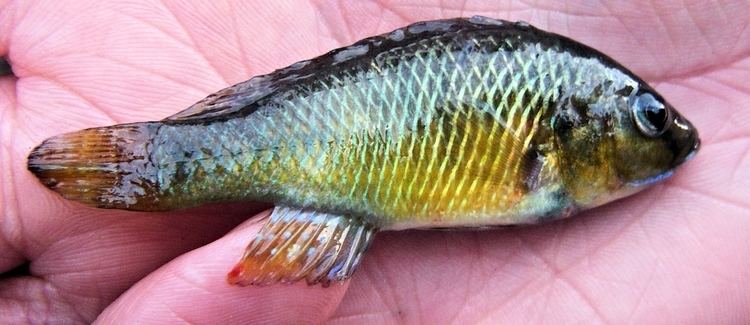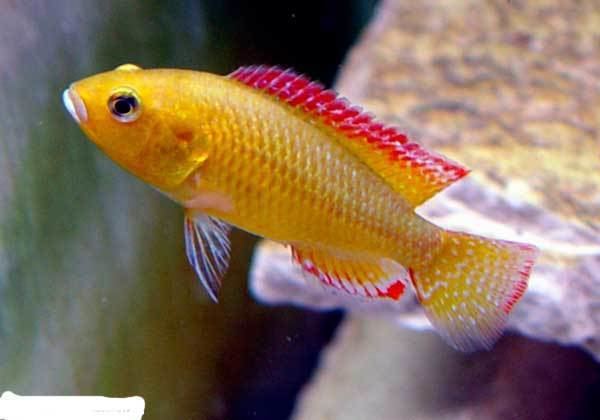Family Cichlidae Order Perciformes | Phylum Chordata Rank Species | |
 | ||
Similar Pseudocrenilabrus, Egyptian mouthbrooder, Pseudocrenilabrus nicholsi, Nanochromis parilus, Tilapia sparrmanii | ||
Peixe boca azul pseudocrenilabrus philander
Pseudocrenilabrus philander or the southern mouth-brooder is a small species of haplochromine cichlid found in southern and central Africa. It was first described by the German-Dutch zoologist Max Carl Wilhelm Weber in 1897.
Contents
Messingmaulbr ter pseudocrenilabrus philander dispersus beim ablaichen
Distribution

Southern Africa from the Orange River system and southern Natal northwards up to the southern tributaries of the Congo and lagoons and rivers associated with Lake Malawi, but it does not occur in the lake itself. Also in Lake Rukwa.
Subspecies

Three subspecies are generally accepted but there are isolated populations in a number of areas which may be distinct enough to be classified as subspecies. The three subspecies are

Habitat

It has a wide tolerance and can be found in a variety of habitats, including streams, lakes, ponds and sinkholes. Some populations exist in slightly brackish conditions. It usually prefers vegetated zones.
Biology

The prey consists of insects, shrimps and even small fish. Breeding occurs from early spring to late summer; the male fish defend a territory, construct a simple cleared nest in the substrate and attract gravid females. The eggs are laid in the nest, fertilized by the male and collected by the female. The females withdraws to a nursery to incubate the eggs in her mouth for 12-14 days at 26°C, releasing the fry after which she guards them for 5-7 days, sheltering them in her mouth when approached by predators. Pseudocrenilabrus philander prefers to remain close to the substrate, only rarely moving higher than 1m above the bottom. Most of its food is obtained from foraging through the substrate, though small swimming prey such as zooplankton are taken when the opportunity to do so arises. In shallow water, individuals will rise to the surface to seize stranded terrestrial insects such as ants or termites.
Aquaria
it is uncommon as an aquarium fish, many populations are confused with its cogener Pseudocrenilabrus multicolor, because Pseudocrenilabrus philander is so variable and some populations resemble its northern cousin. It is relatively easy to keep and breed in the aquarium.
